Table of Contents
The Indian flag, also known as the flag of India, holds a significant place in the nation’s history and culture. With its vibrant colors and meaningful symbolism, it represents the Indian identity and heritage. In this article, we will delve into the intriguing aspects of the India flag, its design, historical background, and the symbolism behind its elements.
The Indian flag features three horizontal stripes: saffron at the top, white in the middle, and green at the bottom, with a navy blue Ashoka Chakra (wheel) in the center of the white stripe. The saffron color symbolizes courage and sacrifice, white represents peace and truth, while green stands for faith, fertility, and prosperity. The Ashoka Chakra represents the eternal wheel of law and is a symbol of dharma (righteousness).
India Flag: Colors and Symbolism
- The flag of India features three horizontal stripes of saffron, white, and green, with a navy blue Ashoka Chakra in the center.
- The saffron color symbolizes courage, valor, and the sacrifices made by the Indian people.
- The white color stands for peace, truth, and purity.
- The green color symbolizes faith, fertility, and prosperity, reflecting the vast and fertile landscapes of India.
- The Ashoka Chakra embodies the eternal wheel of law and represents dharma, holding historical and cultural significance in Indian tradition.
- The flag’s design reflects the nation’s aspirations, cultural heritage, and unity among the Indian people.
Flag of India
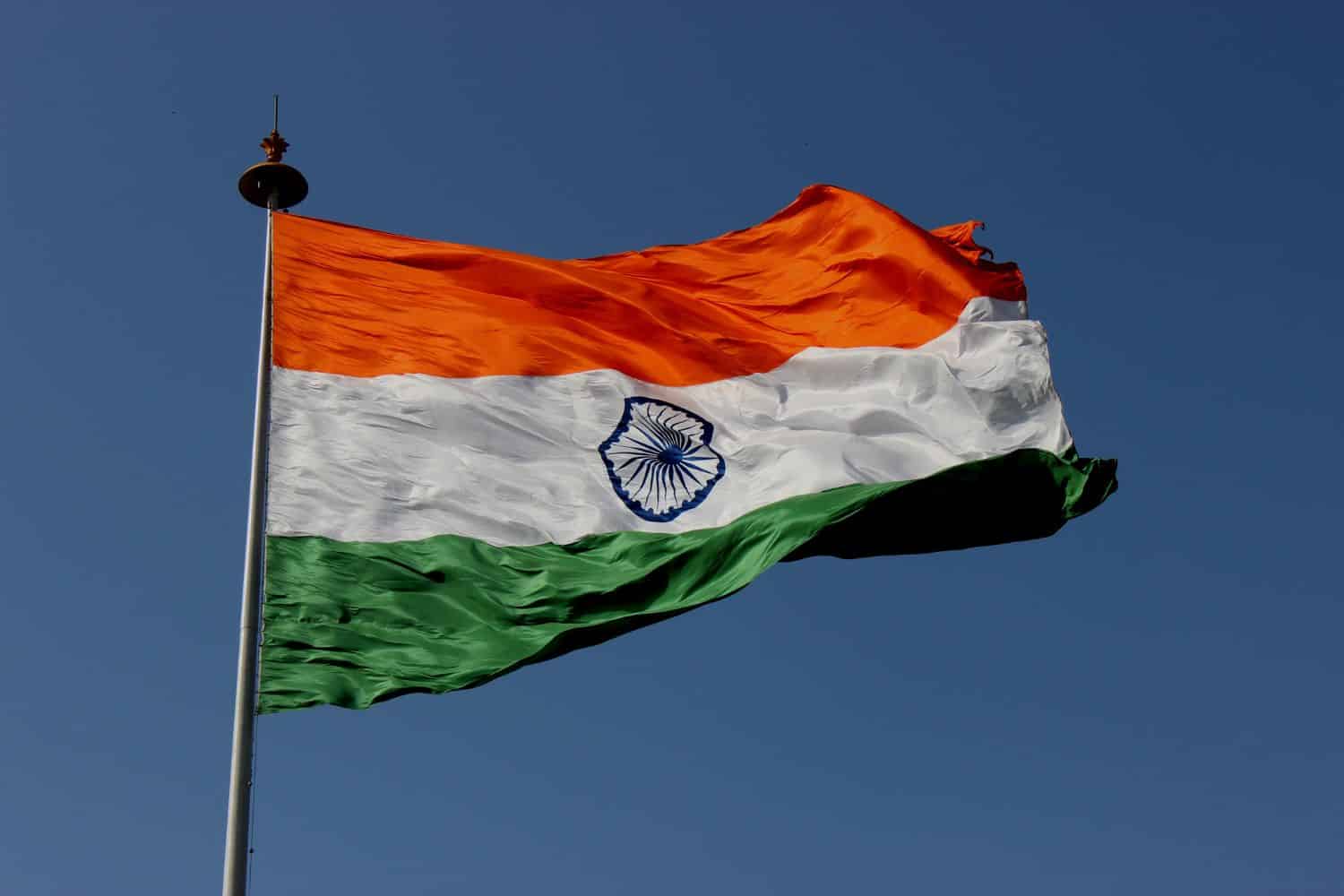
The flag stands as a powerful symbol that encapsulates the cultural significance and spirit of the nation. Its design consists of three horizontal stripes with the Ashoka Chakra at the center. The saffron color symbolizes courage and valor, honoring the sacrifices made by the Indian people throughout history. The white stands for peace and truth, while the green color reflects India’s faith, fertility, and prosperity. The Ashoka Chakra holds historical and cultural significance, representing dharma and symbolizing unity and righteousness in Indian culture.
The history of the flag is intertwined with India’s rich heritage and struggle for independence. Adopted on July 22, 1947, the flag represents the unity and aspirations of the Indian people.
Beyond its aesthetics, the flag from India carries deep symbolic meanings. The colors reflect the values and aspirations of the Indian people, symbolizing courage, peace, and prosperity. The Ashoka Chakra is a symbol with historical and cultural significance in Indian tradition. It embodies India’s cultural heritage and serves as a reminder of the nation’s resilience and unity.
National Flag Etiquette and Protocol
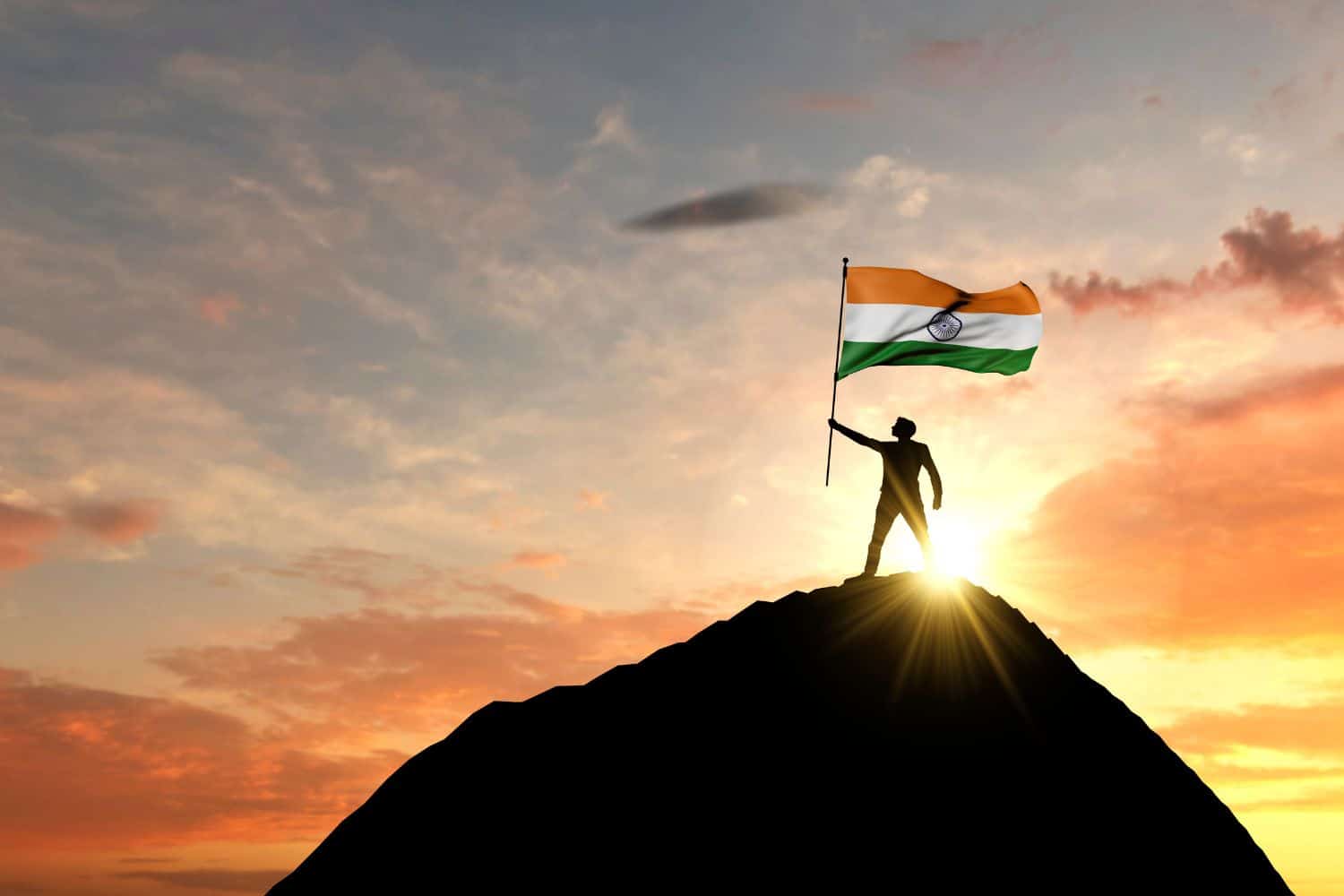
Respecting the proper usage and display of the Indian flag is of utmost importance. Understanding flag etiquette is essential, especially during national events and ceremonies. Learn about the protocols governing the handling, hoisting, and lowering of the flag. Discover the appropriate procedures for retiring or handling damaged flags, ensuring they are accorded the respect they deserve.
- Proper Handling: The Indian flag should be handled with care and respect, ensuring it is not allowed to touch the ground or floor. It should be held upright and not dragged.
- Hoisting and Lowering: When hoisting the flag, it should be raised briskly and lowered ceremoniously. It is customary to hoist the flag at sunrise and lower it at sunset, although this may vary depending on the occasion or specific guidelines.
- Displaying the Flag: The Indian flag should be displayed with the saffron field on top, followed by white, and then the green field at the bottom, with the navy blue Ashoka Chakra centered in the white field. It should be flown freely and not entangled or obstructed.
- Half-Staff: Lowering the flag to half-staff is a gesture of mourning or respect. This should be done on specific days of remembrance or when directed by authorities to honor national tragedies or the passing of significant figures.
- Flag Retirement: When an Indian flag becomes damaged, torn, or worn out, it should be retired in a dignified manner. This can involve burning it in a respectful and solemn ceremony, following appropriate guidelines and local regulations.
- Flag Size and Placement: The size of the Indian flag displayed should be proportionate to the size of the flagpole or display area. It is recommended to consult local guidelines or authorities for specific rules regarding flag size and placement.
- Respectful Disposal: If a flag cannot be retired through burning, it should be disposed of in a respectful manner. This can involve burying it or handing it over to authorized organizations that specialize in flag disposal.
Interesting Facts and Trivia
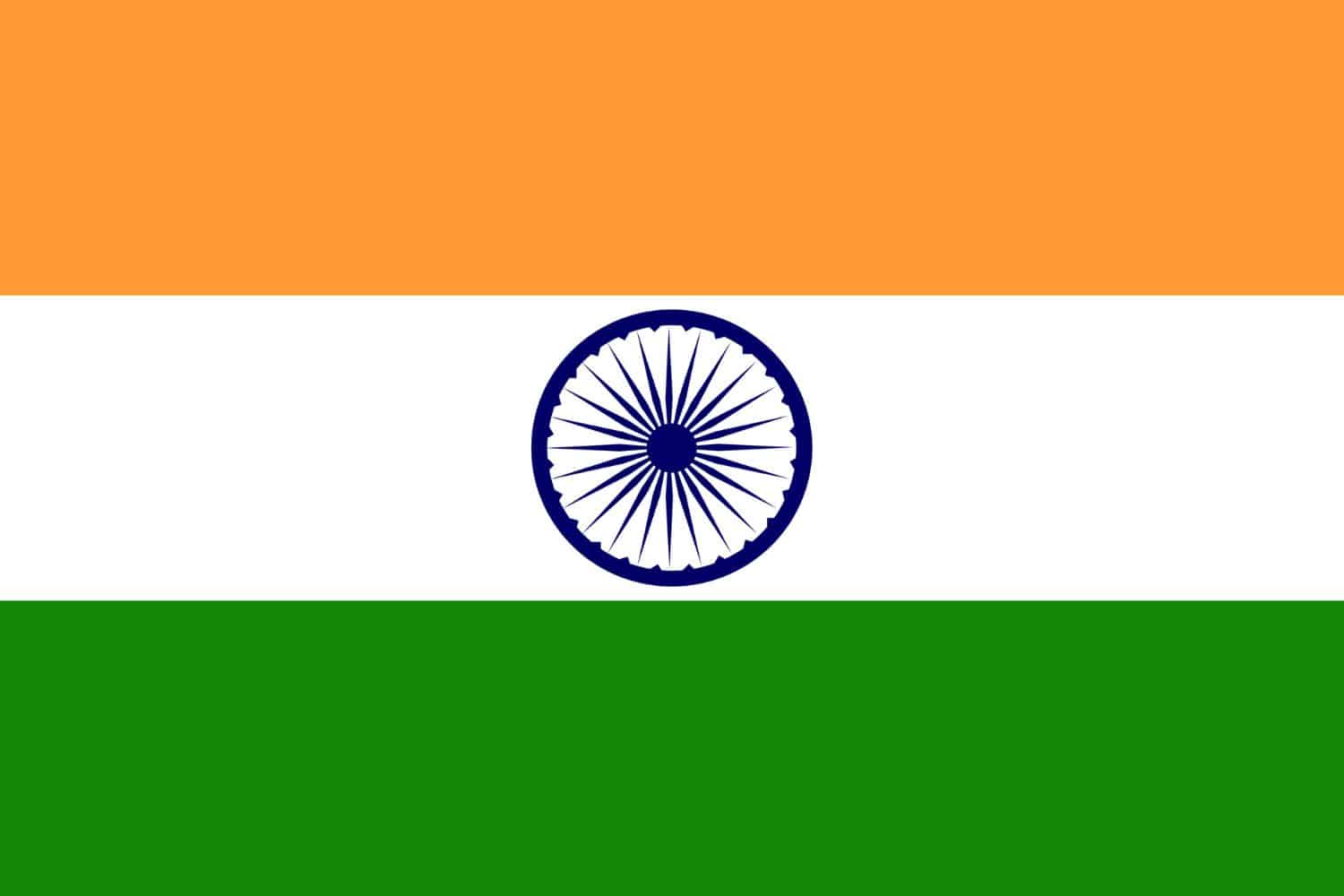
Embark on a journey of fascinating facts and lesser-known trivia about the Indian flag. Discover unique features within the flag’s design that hold hidden symbolism. Uncover stories of famous incidents or events involving the flag that have left an indelible mark on the nation’s history and identity.
Rich Tapestry of History
- 1947: The current flag of India is adopted on July 24, symbolizing the unity and aspirations of the Indian people.
- Colors and Symbolism: The saffron color represents courage and sacrifice, the white symbolizes peace and truth, and the green represents faith and chivalry. The Ashok Chakra in the center symbolizes the eternal wheel of law and righteousness.
- Ashok Chakra: The 24-spoke wheel at the center of the flag represents the eternal cycle of life, truth, and justice, drawing inspiration from the Ashoka Pillar at Sarnath.
- National Identity: The flag embodies India’s rich history, cultural heritage, and the nation’s ongoing pursuit of unity, prosperity, and renewal.
Flag-Related Symbols and Emblems
A flag is not alone in representing the nation’s identity. Explore additional national symbols and emblems closely associated with India, understanding their significance and how they relate to the flag. Delve into their historical and cultural roots, further enriching your understanding of India’s heritage. It’s easy to travel and make an India tour to visit the country’s best destinations.
Symbolisms of the Indian Flag
The flag of India holds several symbolic elements that represent the nation’s history, values, and aspirations. Here are the symbolisms of the Indian flag presented in itemized form:
- Saffron Color: Represents courage, sacrifice, and the spirit of renunciation.
- White Color: Symbolizes peace, unity, and truth.
- Green Color: Represents prosperity, vibrance, and life.
- Ashoka Chakra: This 24-spoke blue wheel in the center represents the eternal wheel of law and is a symbol of the Dharma, or the righteous path.
- Flag’s Design: Reflects India’s aspirations, cultural heritage, and unity among the Indian people.
- National Identity: The flag serves as a powerful symbol that unifies the Indian people, reminding them of their shared heritage and cultural identity.
- National Aspirations: Through its design and elements, the flag embodies the aspirations and values of the Indian nation, including courage, peace, unity, and righteousness.
These symbolisms in the flag contribute to the country’s sense of identity and pride, reflecting its historical journey and cultural significance.
Flags of Similar Countries or Regions
Examining the flags of neighboring countries in South Asia can provide intriguing insights. Compare and contrast the flags, exploring similarities in design, colors, or symbolism. Uncover historical and cultural connections between flags, shedding light on shared influences or distinctive identities.
Indian Flag vs Pakistani Flag
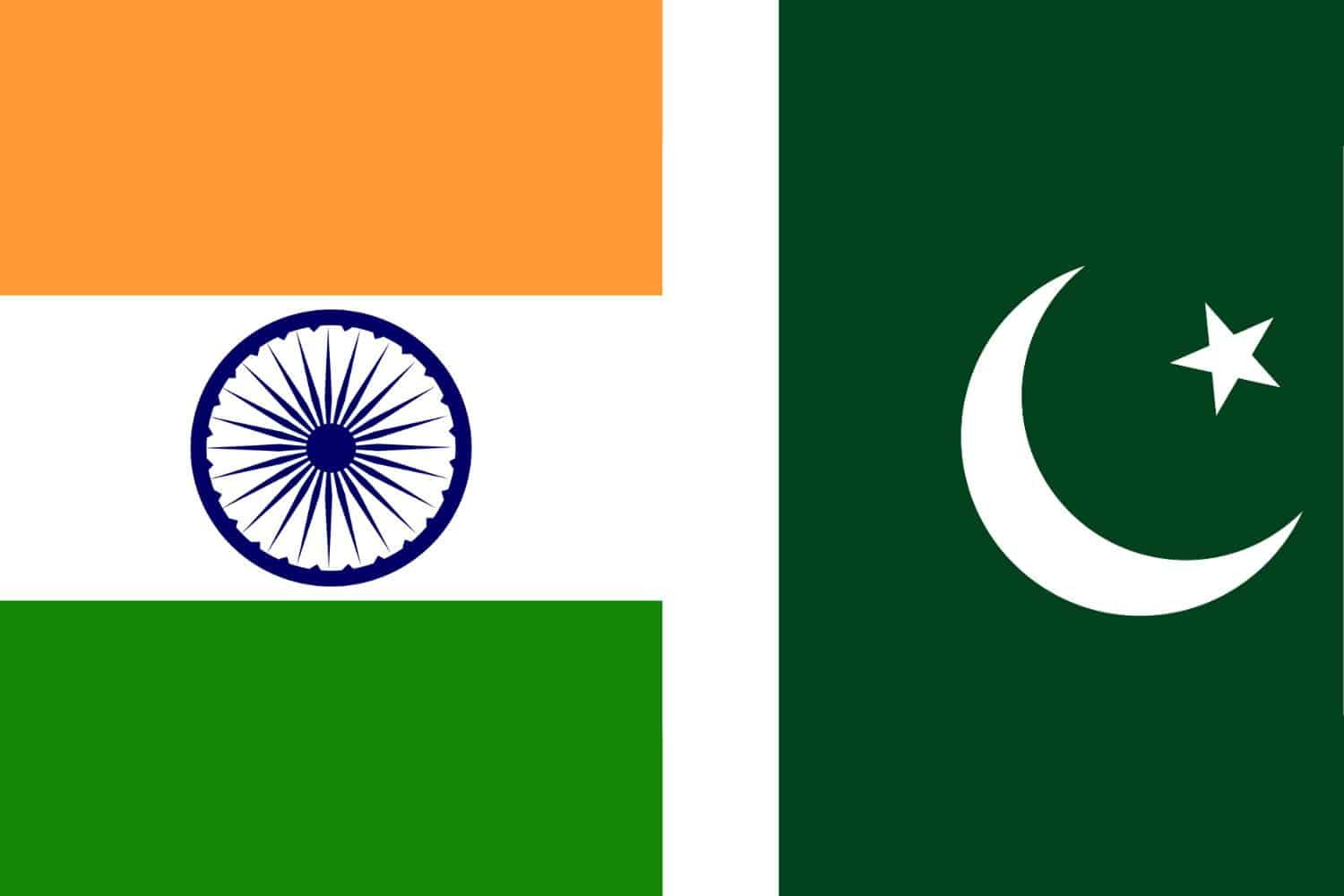
Similarity: Both flags feature a green field.
Difference: The Pakistani flag includes a white crescent and a star on the green field, while the Indian flag has a blue Ashoka Chakra in the center of its white stripe.
Indian Flag vs Bangladeshi Flag
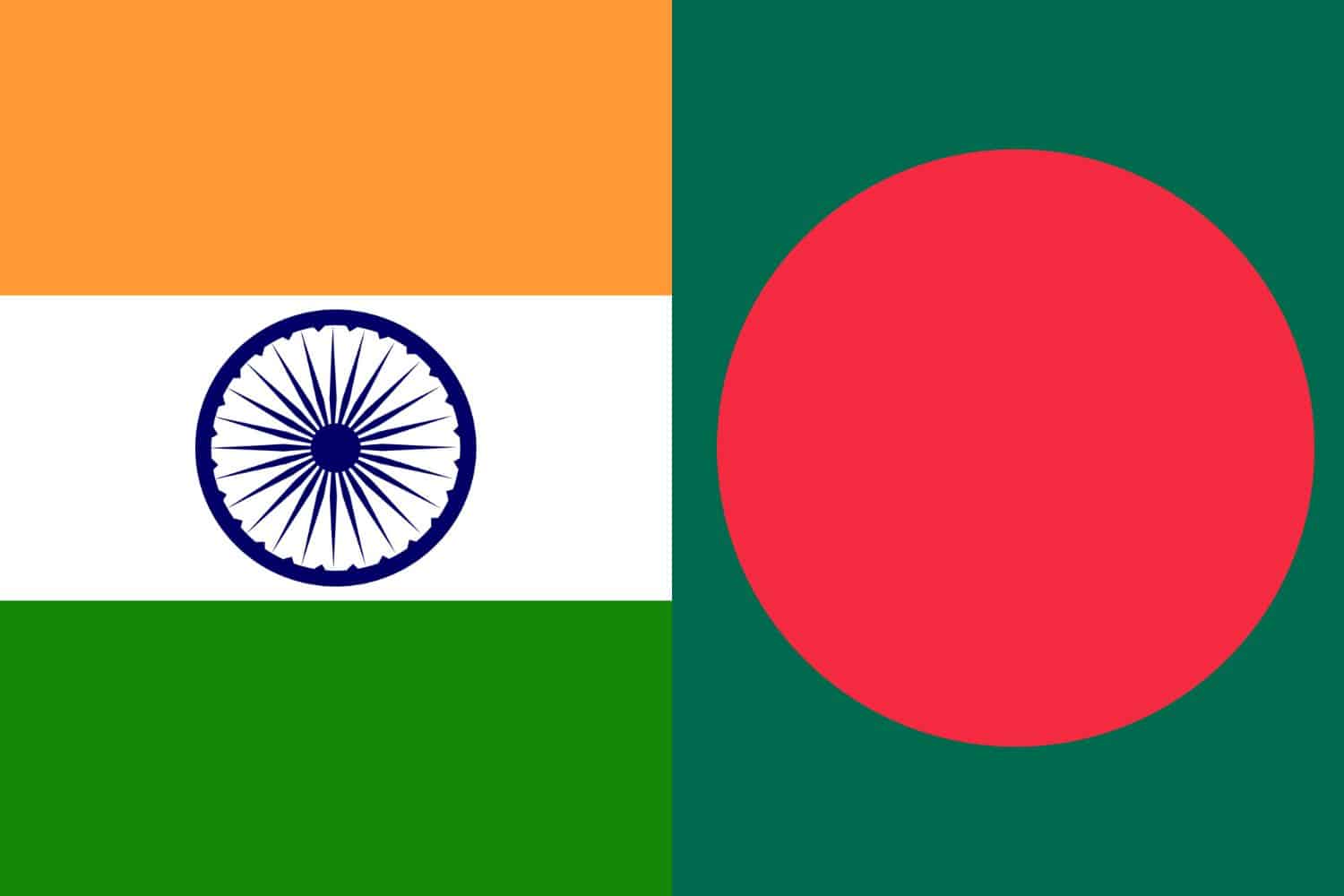
Similarity: Both flags have a green background.
Difference: The Bangladeshi flag features a red circle in the center of the green field, while the Indian flag consists of orange, white, and green horizontal stripes with a blue Ashoka Chakra in the center of the white stripe.
Indian Flag vs Sri Lankan Flag
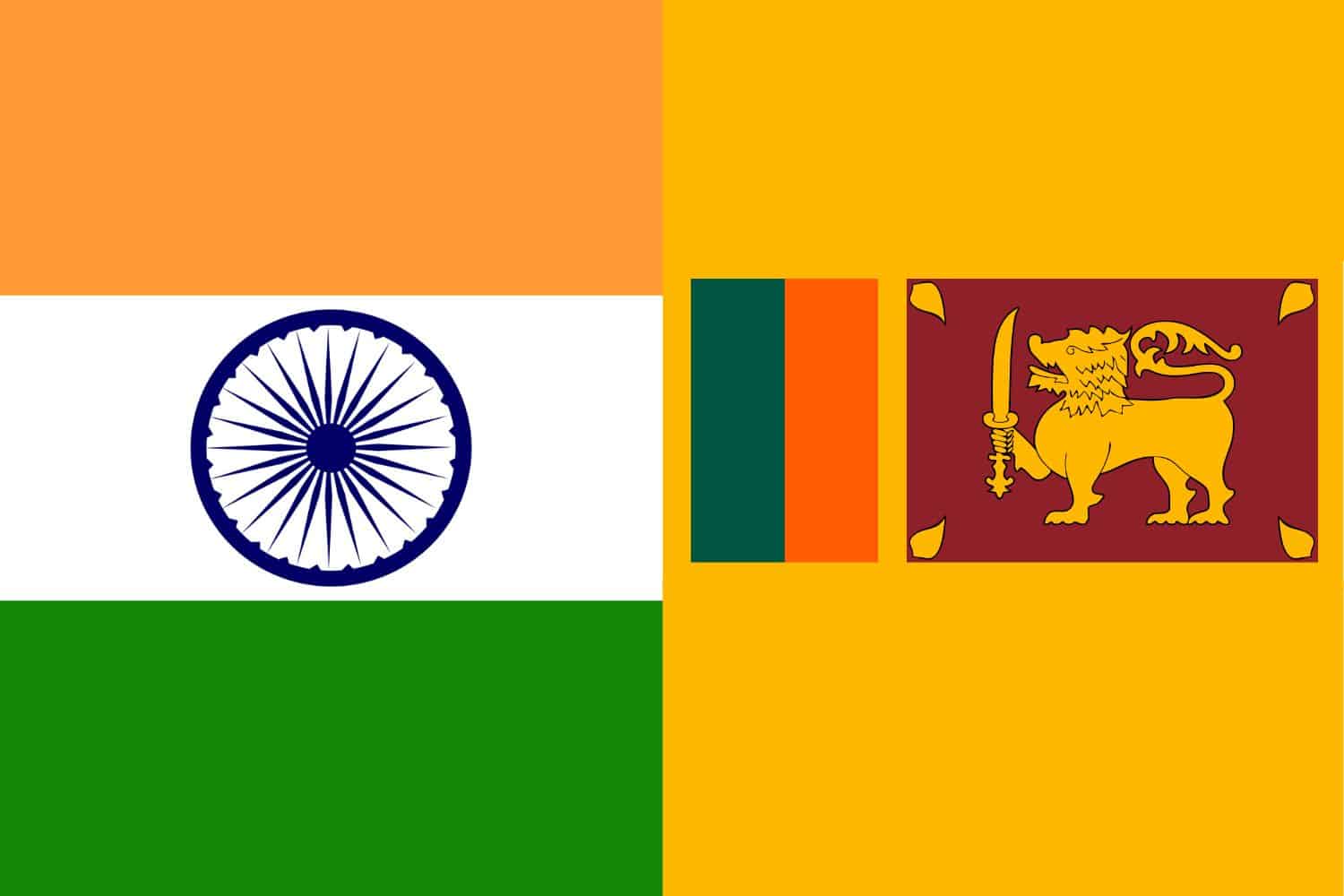
Similarity: Both flags feature the colors green and orange.
Difference: The Sri Lankan flag has a maroon field with a yellow lion holding a sword, flanked by green and orange vertical stripes on the left.
Indian Flag vs Nepali Flag

Similarity: Both flags include the color red.
Difference: The Nepali flag is a unique double-pennon shape with two overlapping triangles. The flag features a white moon emitting eight rays, with a crescent attached on the top triangle and a white sun with twelve rays on the bottom triangle.
Indian Flag vs Bhutanese Flag
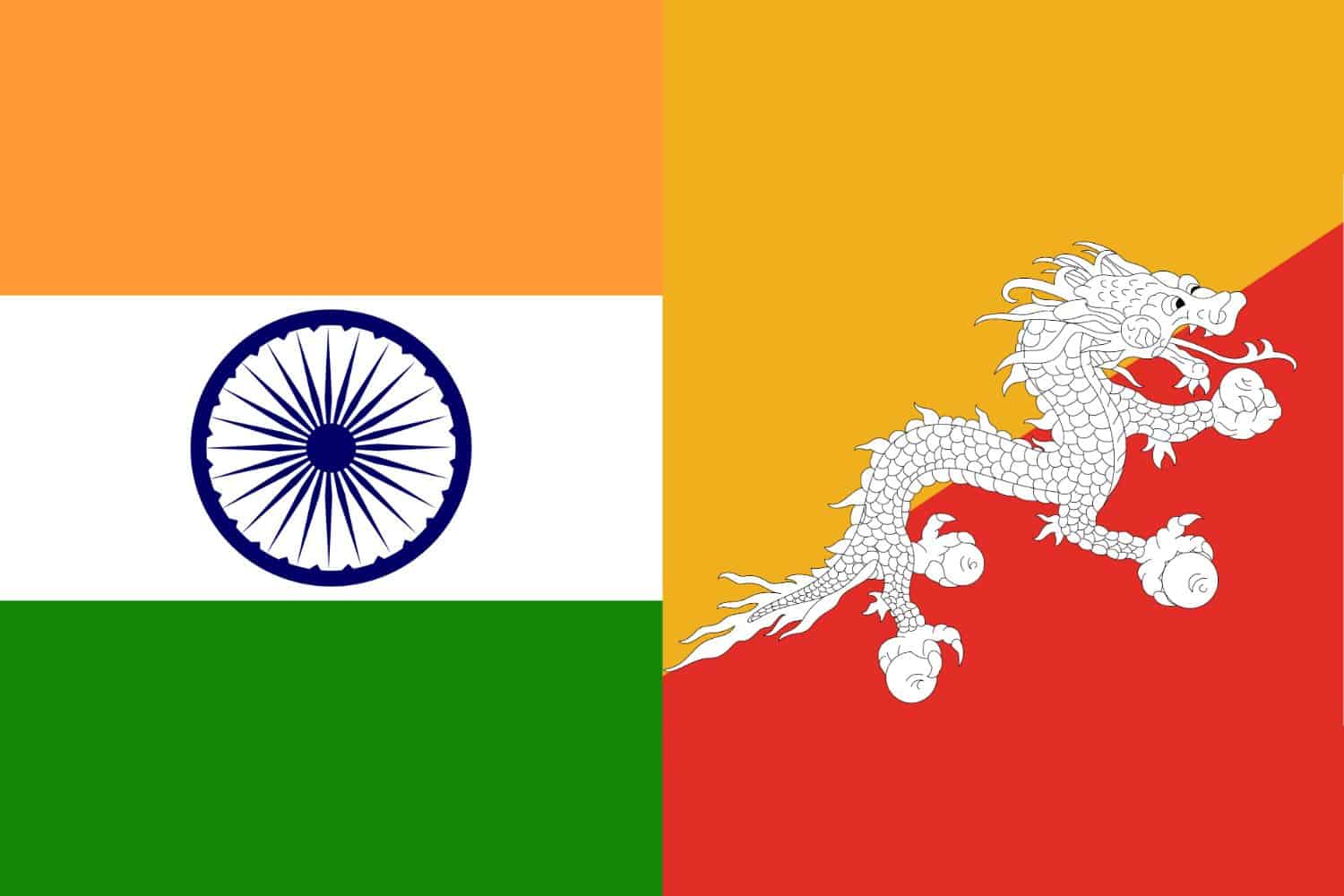
Similarity: Both flags feature the colors orange and green.
Difference: The Bhutanese flag is divided diagonally with an orange field on top and a yellow field below, featuring a white dragon in the center.
Indian Flag vs Maldivian Flag
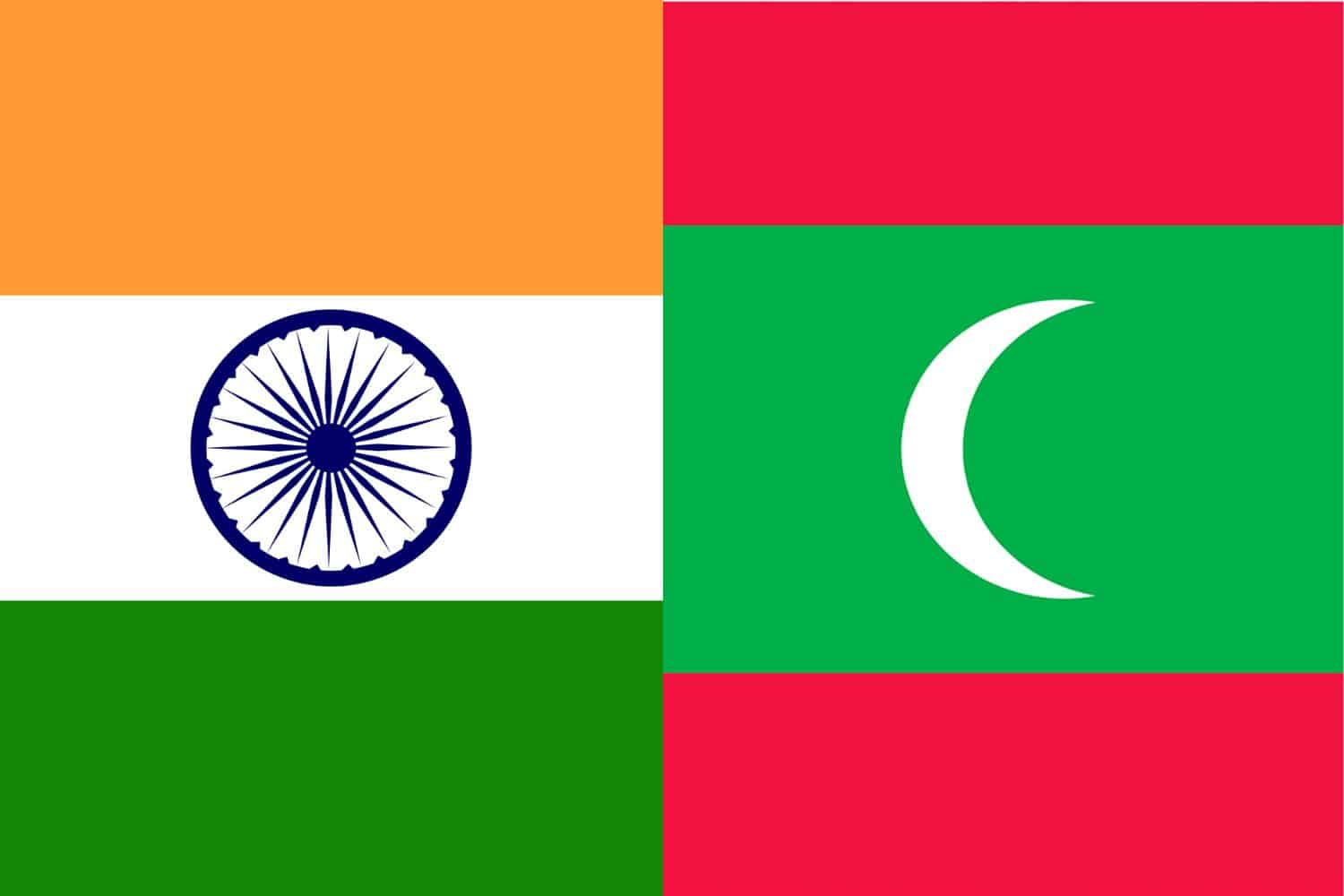
Similarity: Both flags have green elements.
Difference: The Maldivian flag includes a red field with a green rectangle in the center and a white crescent moon inside the green rectangle.
Frequently Asked Questions (FAQs)
Discover answers to common questions related to the India flag picture. From its historical origins to the symbolism behind its elements, find concise and informative responses that address inquiries commonly posed by those curious about India’s flag.
What do the colors of the Indian flag represent?
The saffron stands for courage and sacrifice, the white represents peace and truth, and the green symbolizes faith, fertility, and chivalry. The blue Ashoka Chakra at the center represents righteousness.
Who designed the national flag of India?
The national flag of India was designed by Pingali Venkayya.
When was the Indian flag adopted?
The Indian national flag was adopted on July 22, 1947, just before India’s independence from British rule.
What does the Ashoka Chakra signify?
The Ashoka Chakra, or “Wheel of Law,” represents the eternal wheel of law and righteousness. It also signifies motion, as India should move forward perpetually.
Are there any rules and regulations related to the display and use of the Indian flag?
Yes, the Flag Code of India 2002 sets out the rules and regulations regarding the hoisting, lowering, and display of the national flag.
Is it legal for a private citizen to fly the Indian flag at their home?
Yes, after the Flag Code of India was amended in 2002, private citizens can hoist the national flag on any day of the year, following the prescribed protocols.
Why is the flag flown at half-mast?
The flag is flown at half-mast as a sign of mourning. The decision to do so is taken by the President of India, who also announces the period for which it should remain at half-mast.
Can the Indian flag be used in advertising or for commercial purposes?
No, the use of the Indian flag for commercial purposes or in any form of advertisement is strictly prohibited.
How should the flag be disposed of when it is in a damaged or soiled condition?
The flag should be disposed of in private, preferably by burning or by any other method consistent with the dignity of the flag.
Is there a specific way to fold the Indian flag?
Yes, when the flag is in a condition that it can no longer be used, it should be folded in a specific manner, with respect, and should be disposed of in private.
More About India
[the-post-grid id=”50367″ title=”India Main page”]
